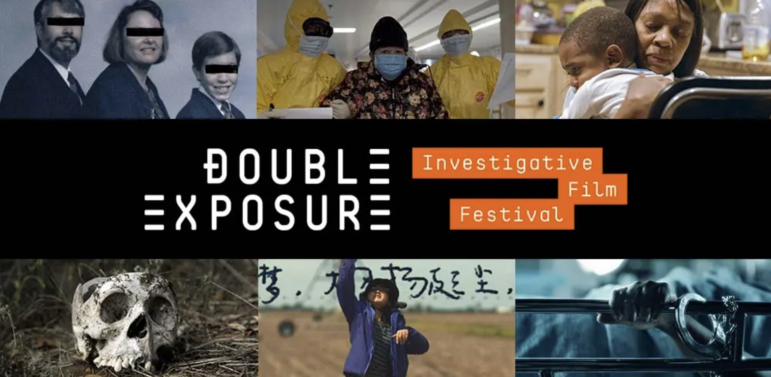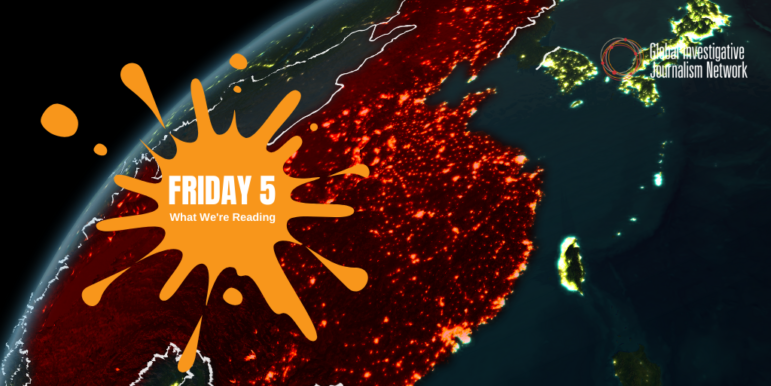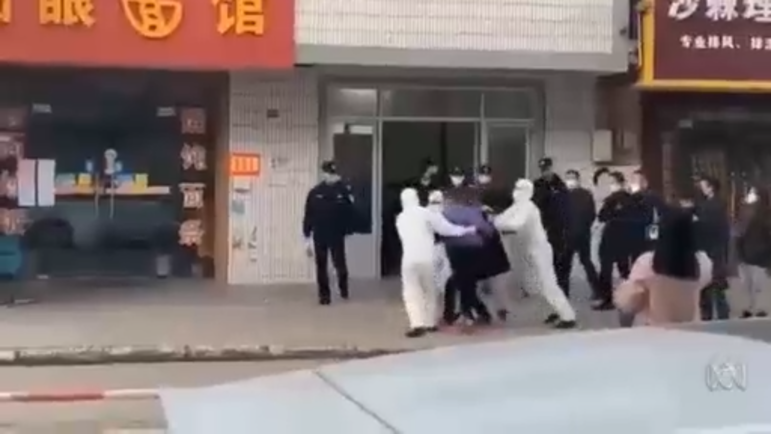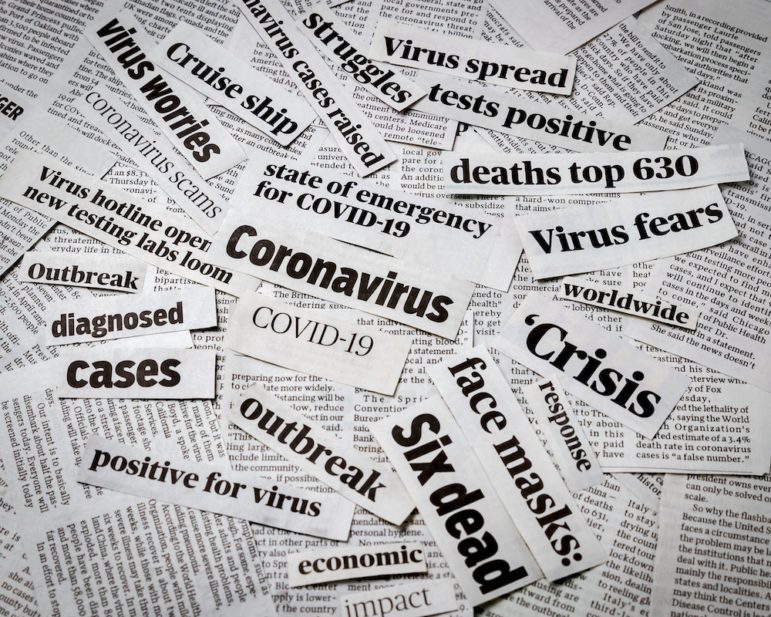
News & Analysis
Editor’s Pick: 2020’s Best Investigative Stories from China and Taiwan
As part of our annual Editor’s Pick series, read on to discover the best investigations in China and Taiwan published this year, selected by GIJN Chinese Editor Joey Qi.








